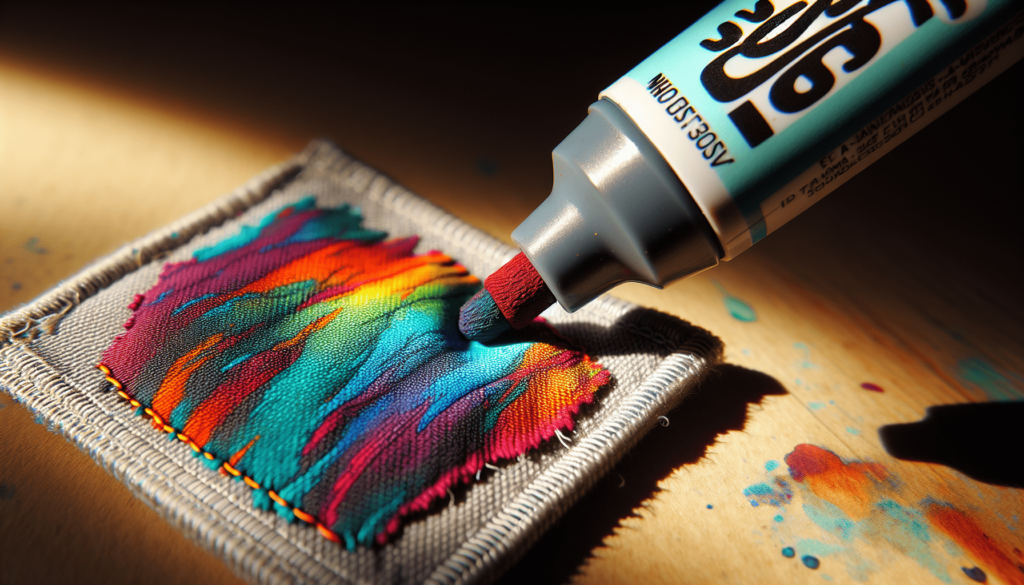Have you ever wondered whether paint markers are washable? The world of art supplies can be both intriguing and complex, and understanding the specifics of each tool can make all the difference in your creative endeavors. Paint markers are a popular choice for artists due to their versatility and vibrant colors, but knowing whether they are washable can prevent unwanted accidents and ensure that you are prepared for all possibilities.
What Are Paint Markers?
Paint markers are a type of marker that uses paint rather than ink. They combine the precision of a pen with the vivid colors of paint, making them ideal for a wide range of creative projects. Unlike traditional markers, which may fade over time, paint markers provide a long-lasting, opaque finish on various surfaces including paper, cardboard, wood, metal, glass, and fabric.
Types of Paint Markers
There are different types of paint markers, and each type may have specific attributes regarding washability. The primary types include oil-based and water-based paint markers. Here’s a quick comparison:
| Type | Description | Washability |
|---|---|---|
| Oil-based paint markers | Contain oil-based paint that provides a durable and permanent finish | Generally not washable; requires solvents for removal |
| Water-based paint markers | Use water-soluble paint that is easier to clean up and manage | Typically washable, especially when wet |
Understanding Washability
Washability refers to the ability to remove paint from surfaces using water or mild cleaning agents. Factors such as the type of surface, the type of paint marker, and the time elapsed since application all influence washability.
Factors Affecting Washability
- Surface Material: Smooth, non-porous surfaces like glass or metal are generally easier to clean compared to porous surfaces like fabric or wood.
- Type of Paint: As mentioned earlier, oil-based paints are more permanent, while water-based paints are more likely to be washable.
- Drying Time: Paint that has not fully dried is often easier to remove. Once dried and cured, paint can be significantly more difficult to wash off.
- Cleaning Method: The effectiveness of the cleaning solvent or agent, along with the method used (e.g., scrubbing vs. gentle wiping), also impacts washability.

Washability of Oil-Based Paint Markers
Oil-based paint markers are known for their durability and permanence, making them a preferred choice for projects that need long-lasting results. However, their permanence also means they are generally not washable.
How to Remove Oil-Based Paint Marker
Removing oil-based paint markers from surfaces requires strong solvents such as alcohol, acetone, or specialized paint removers. Always use these products in a well-ventilated area and wear protective gloves to prevent skin irritation.
- Metal/Glass: Use a solvent-soaked cloth to rub the marked area until the paint comes off.
- Fabric/Wood: These surfaces may require a more gentle approach to avoid damage. Apply the solvent sparingly and test on a small, inconspicuous section first.
- Skin: Use baby oil or an alcohol-based product to dissolve the paint gently.
Washability of Water-Based Paint Markers
Water-based paint markers, on the other hand, are designed to be more user-friendly, especially for children and temporary projects. They are generally washable and are easier to remove from most surfaces.
How to Remove Water-Based Paint Marker
Water-based paint markers can typically be removed with water and mild soap, especially if the paint is still wet. Here’s how to handle various surfaces:
- Paper/Cardboard: Gently dabbing with a wet cloth or sponge can remove the paint without damaging the material.
- Fabric: Wash with detergent in cold water. Avoid using hot water as it can set the paint.
- Glass/Metal: Wipe with a wet cloth or glass cleaner to easily remove the paint.
- Skin: Wash with soap and water. If the paint has dried, a gentle scrub with a loofah can help.

Hybrid Paint Markers
Some paint markers use hybrid formulations that combine elements of both oil-based and water-based paints. These markers offer versatility but their washability can vary. Always refer to the manufacturer’s instructions for specific cleaning guidelines.
Practical Tips for Managing Paint Markers
Proper handling and maintenance of paint markers can reduce the chances of difficult stains and tedious cleanup.
Storage
Store paint markers horizontally to prevent the paint from settling unevenly. Ensure the caps are tightly closed to avoid drying out.
Usage
Shake the marker well before use to ensure the paint is thoroughly mixed. Test the marker on a scrap piece of material to check the flow and consistency.
Cleanup
Have cleaning supplies ready before you start your project. If using oil-based markers, keep solvents and protective gloves on hand. For water-based markers, water and mild soap should suffice.
Specific Scenarios and Paint Marker Use
Understanding the context in which paint markers are used can help determine their washability more specifically.
Artistic Projects
For artwork on canvas or paper, consider the permanence required. Oil-based markers can withstand the test of time but are less forgiving if mistakes are made. Water-based markers allow for more flexibility and ease of correction.
Educational Setting
In classrooms or educational environments, washable water-based markers are preferable for the ease of cleanup and safety.
Industrial Applications
In industrial contexts where paint markers might be used for labeling or marking equipment, the permanence of oil-based markers is often required despite the difficulty in washing them off.
Home Use
For home projects, especially those involving children, the convenience of washable water-based markers makes them an ideal choice.
Testing for Washability
Conducting a test can help you determine if a specific type of paint marker will meet your needs regarding washability.
Sample Testing Procedure
- Select a small, inconspicuous area of your project surface.
- Apply a small amount of paint from the marker.
- Allow the paint to dry for varying times (e.g., immediately, 1 hour, 24 hours).
- Attempt to remove the paint with water first, then with a stronger cleaning agent if necessary.
- Evaluate the results to understand the washability of the paint marker under different conditions.
Conclusion
Understanding whether paint markers are washable is essential for planning your projects and managing cleanup effectively. By distinguishing between oil-based and water-based paint markers, considering the surface material, and knowing the appropriate cleaning methods, you can make informed decisions and prevent unwanted paint-related mishaps.
Remember to always check the manufacturer’s guidelines, conduct preliminary tests, and equip yourself with the necessary cleaning supplies to ensure a smooth and enjoyable creative process. Whether you are creating long-term art pieces, temporary decorations, or educational materials, the right paint marker, coupled with proper knowledge of its washability, will help you achieve the best possible results.



